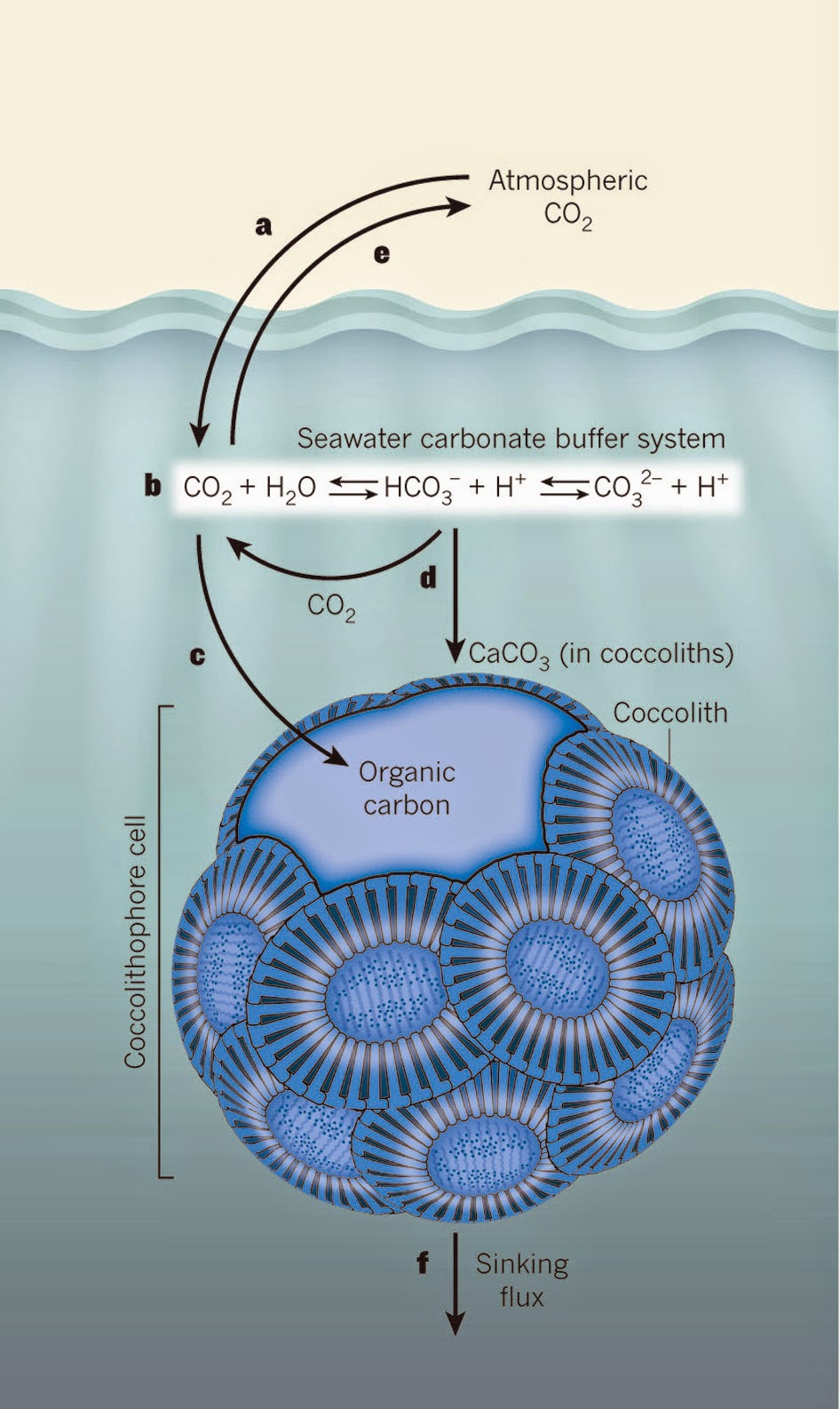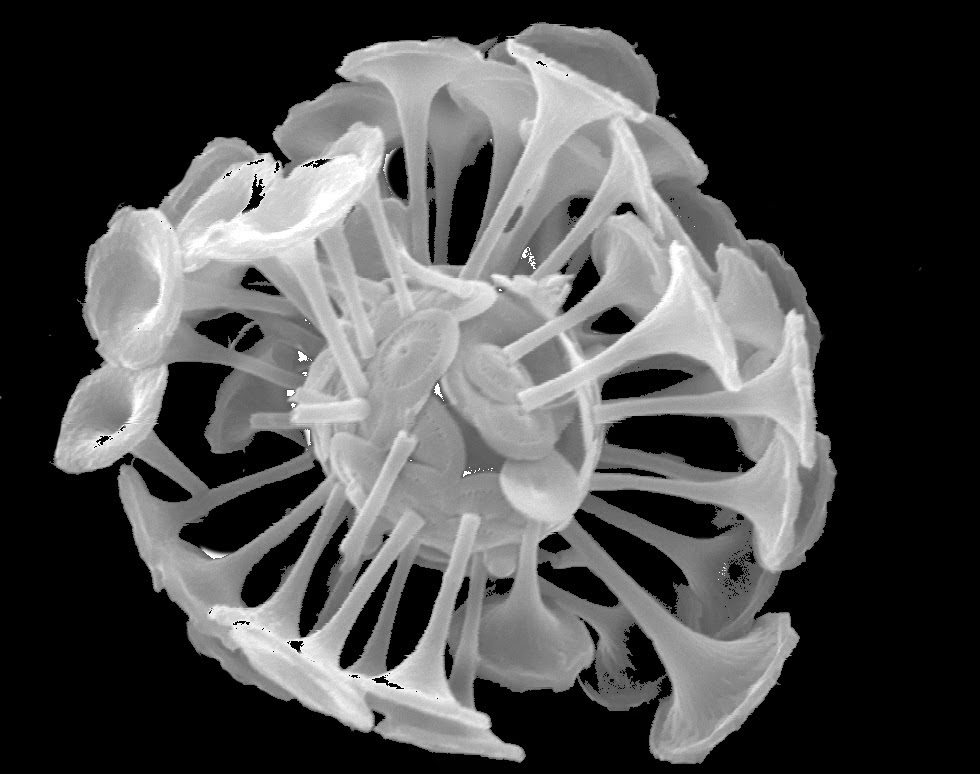Good Morning! Greetings from the Virgin Islands! Now that you have caught your breath from the beautiful sunrise pic above...
Today we will learn about another scientist on board during
leg 1: Josué G. Millán!
 |
| Josue Millan and his filtration apparatus |
Josué is a graduate student in the Biological Oceanography
program at the University of Puerto Rico at Mayaguez (UPRM) in the Department
of Marine Sciences. His goal is to collect phytoplankton samples, especifically
coccolithophores! Coccolithopores are single-celled algae.
Josué tells us that "these tiny organisms have had a
great impact on Earth’s history ever since life appeared and spread in the
oceans. Coccolithophores are among the most important planktonic communities in
the ocean since the late Triassic (250-200Ma). They are nano-sized unicellular
golden-brown algae ubiquitously distributed in the oceans where they
distinguish themselves from other important phytoplankton communities (such as
diatoms and dinoflagellates) by the production of distinctively shaped calcareous
structures called "coccoliths."
 |
| Coccolitophores and ocean chemistry |
“When coccolithophores photosynthesize or construct
coccolith plates they change the capacity of oceans to sequester atmospheric
CO2 mediating the alkalinity potential of the oceans (aka "C
pump"). Massive blooms of coccolithophores
can change Earth’s climate by mediating the albedo of oceans and promoting
cloud formation by producing DMS, a cloud condensation nuclei. Also as
autotrophic organisms, they are essential components to sustain the oceanic
food webs. Taking all this into consideration, studying their species
composition and abundance in the ocean is of great importance to understand
their ecology and interactions with local, regional and global physical and
chemical parameters. The dynamics of the coccolithophore community across the
tropics is poorly understood and this opportunity, on board the RV Nancy
Foster, offers a great location to learn about them.
Coccolitophores are well known for producing blooms over the
surface layer of the oceans in the higher latitudes (closer to the Poles) that
can be seen even from space, a phenomenon sometimes named "milky
water." But way out here in the
tropics due to the amount of radiation received from the sun and the low nutrient
content of the Caribbean Surface Water, coccolithophores develop better in
deeper waters. This characteristic makes it impossible to use of satellites to
study their behavior and ecological impact using satellites. “
 |
| Collecting water from CTD bottle |
At each station, Josué collects and filters a lot of water!
He explains us that he collects: “up to 4 L of water from the CTD’s a) surface
bottle, b) the chlorophyll maximum and lastly c) deeper than the chlorophyll max peak (sometimes near 200 m in depth!). I filter the water using very
specialized and very small filters (0.8 µm Millipore N-Cellulose filters to be
specific). These samples will be
analyzed back in the lab with a polarized light microscope for ‘standing crops’
(dry biomass) to determine the abundance of coccolithophores. Afterwards, the samples
will be examined under a Scanning Electron Microscope (SEM) to assign a species
identification and collect additional morphometrics (length, diameter, etc).
This information in addition to the abiotic parameters (nutrients, O2,,
temperature, etc.) will help us to characterize their ecological settings and
better understand their role in this tropical ecosystem.
Here are some more cocoolitophores collected from the southern waters off Puerto Rico that Josue photographed and shared with us!
 |
| Calciopappus rigidus |
 |
| Corisphaera gracilis |
 |
| Corosphaera binodata |
 |
| Discosphaera tubifera |
 |
| Emiliania huxleyi |
 |
| Gephirocapsa oceanica |










No comments:
Post a Comment